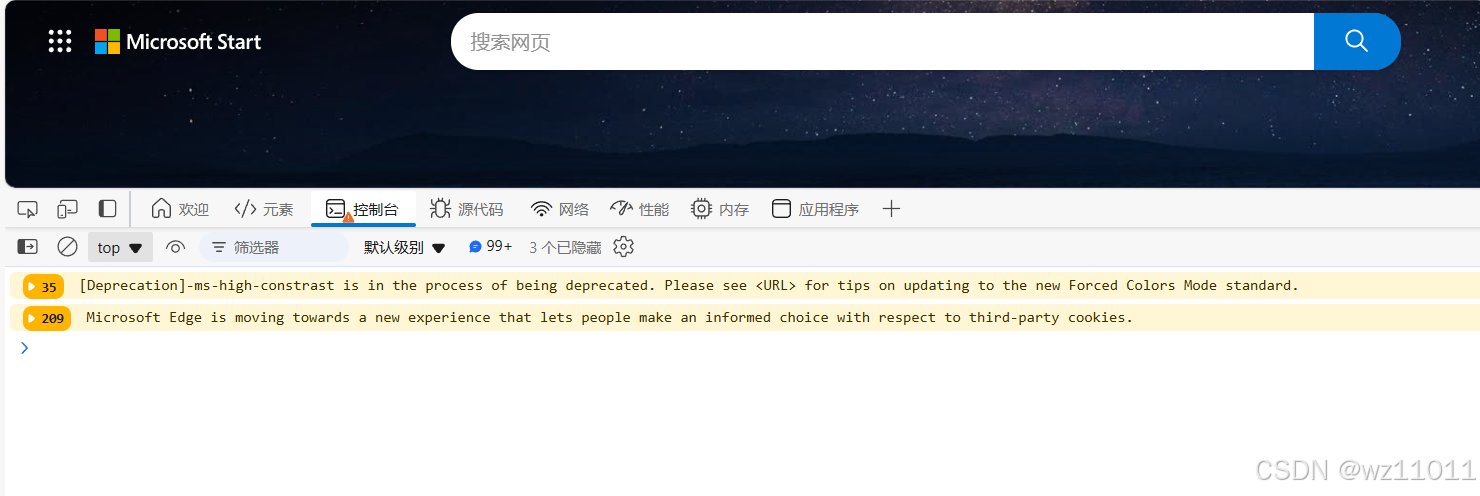使用浏览器发送HTTP POST请求(看这一篇就够了)_浏览器发送post请求
当我们在浏览器地址栏进行域名访问时,默认只能向浏览器服务端发送GET请求
![]()
当我们需要发送POST请求时,我们可以通过控制台输入来实现
在浏览器页面按下F12,本文演示为访问本地后端运行的服务端

1.如果后端接口没有请求参数,则直接使用下面非常简单的代码^_^
同时将请求url换成自己的
fetch(new Request(\'http://localhost:8080/wz\',{method:\'POST\'})).then((resp)=>{console.log(resp)})2.后端接口使用 @RequestParam 来接收请求头中的参数
在控制台运行以下代码,将请求url和请求参数换成自己的
var url = \"http://localhost:8080/portal/showHeadlineDetail?hid=1\"; // 将 hid 作为查询参数var xhr = new XMLHttpRequest();// 创建一个新的 XMLHttpRequest 对象,用于发送 HTTP 请求xhr.open(\"POST\", url, true);// 初始化请求,指定请求方法为 POST // 定义请求的响应处理函数xhr.onload = function (e) { // 检查请求的状态是否完成 if (xhr.readyState === 4) { // 当请求成功(HTTP 状态码为 200)时,打印响应内容 if (xhr.status === 200) { console.log(xhr.responseText); } else { // 如果请求失败,打印错误状态 console.error(xhr.statusText); } }};// 定义网络错误处理函数xhr.onerror = function (e) { console.error(xhr.statusText);};xhr.send(); // 不发送请求体3.后端接口使用 @RequestBody来接收请求头中的参数
//定义请求头var url = \"http://localhost:8080/user/login\";//定义请求体var params = { \"username\":\"lisi\", \"userPwd\":\"123456\"};var xhr = new XMLHttpRequest();xhr.open(\"POST\", url, true);// 设置请求头,指定内容类型为 JSONxhr.setRequestHeader(\"Content-Type\", \"application/json\");xhr.onload = function (e) { if (xhr.readyState === 4) { if (xhr.status === 200) { console.log(xhr.responseText); } else { console.error(xhr.statusText); } }};xhr.onerror = function (e) { console.error(xhr.statusText);};// 发送请求,将参数对象转换为 JSON 字符串作为请求体xhr.send(JSON.stringify(params)); // 发送 JSON 请求体

